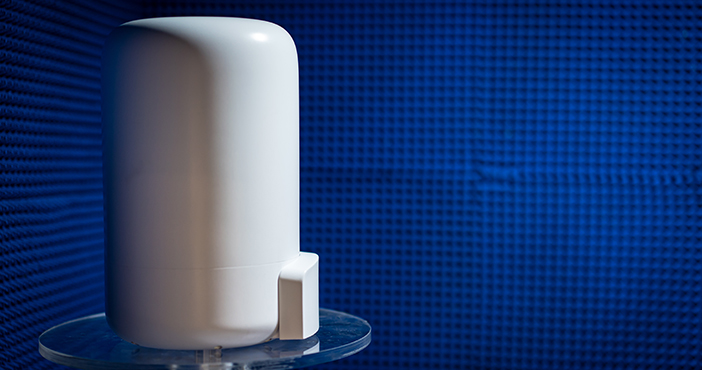Millimeter-wave technology for 5G continues to advance and build upon the lessons of early deployments and devices. Just in time, too, because the 5G Fixed Wireless Access market has gained momentum and is being driven in the near-term by activity in the United States. ABI Research has estimated that 5G FWA will be the fastest-growing type of residential broadband service over the next few years, with a compound annual growth rate of 74% and a global base of 58 million subscribers by 2026. Although initial 5G FWA deployments have focused on the midband, deployments must shift to millimeter-wave FWA deployments in order to support that explosive growth.
Willem Verbiest, Nokia’s head of Upstream in the Broadband Devices Business Unit, sees two powerful forces driving operators to turn to mmWave. First: CSPs are already succeeding with Fixed Wireless Access deployments as a new service that grows their customer base and revenues. They don’t want that growth to slow down, but FWA is a very data-hungry service. The rule of thumb he offers is that while a mobile user might go through 10 GB of data per month, FWA users will tear through something like 200 GB per month—and it’s not unusual to find terabyte-per-month users. That level of usage can rapidly load a network, so operators are looking to use abundant millimeter-wave spectrum to cost-effectively boost their network capacity.
“One of the key drivers of operators stepping into mmWave is to use it to keep growing FWA,” Verbiest says. “If they do not step into it, the network will eventually be overloaded. The growth will stall, and nobody wants to have that. Hence, stepping into mmWave is an important solution to that happy problem of success.”
Nokia has been preparing for this global shift to leverage mmWave by working to overcoming the challenges inherent in the spectrum and to improve the ease of deployment. Within the home, Nokia has focused on both high performance and sleek aesthetics of its gateway device, combined with intelligent algorithms that help to “fingerprint” the RF environment and guide the end-user through simple, yet optical, self-installation. Nokia also developed a high-gain antenna with a 360-degree field of “view” that allows FWA Customer Premise Equipment (CPE) to connect to a signal coming from any direction. It has challenged the known limitations of mmWave with the introduction of Nokia’s Long Reach technology, which can push mmWave’s FWA range up to 10 kilometers—an innovation that changes the conversation around mmWave site density, ROI and how to cost-effectively extend service territory to capture new subscribers.
Ultimately, there will be leaders and followers in mmWave FWA adoption. Verbiest says he anticipates that a few bold leaders will drive large numbers of customers, with a limited number of trailing competitors.
“Of all the 5G promises that were made five years ago, there’s one thing which works, and that’s fixed wireless access. That’s very clear,” he says. mmWave, then, is the fuel that will feed FWA’s continued success.

